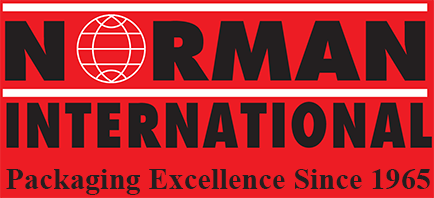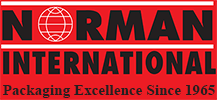The United States, as a member of the United Nations, is required to follow regulations that govern the transport and storage of hazardous materials. These include regulations that specify markings to be made on shipping supplies. The markings on a package indicate the kind of hazardous material contained within, the source of the hazardous material, the type of packaging, and other information that is useful in determining the best way to handle it.
When encountering a package that contains hazardous material, one sees a marking with a format similar to this:
Let’s break down the components of this marking. Each component specifies the following, in order:
- UN symbol
- Type of packaging and material used
- Packing group and maximum gross mass in kilograms (for solids) OR specific gravity (for liquids)
- Hydrostatic test pressure in kPA (for liquids) OR “S” for solids or combination packaging
- Date of manufacture of the container
- Authorizing mark of the state or country in which the container was manufactured
- Manufacturer code
UN symbol. This indicates that the package has been tested and certified safe by the UN.
Type of packaging and material used. Each kind of packaging (drums and boxes) is assigned a number from 1-7, and each material is given a letter code from A-P. In our example above, the marking “4D” indicates that the box is made from plywood.
Packing group and mass.
The United Nations assigns materials to groups I, II, and III, in descending order of danger posed to transport and individuals. These are assigned the packaging marks “X,” “Y,” and “Z,” respectively, and thus gives shippers and handlers an idea of what they are transporting without having to open the package itself. The marking “Z8.1” in our example, therefore, means that the substance belongs to packing group III (least danger) and weighs at 8.1 kilograms.
Hydrostatic test pressure in kPA (for liquids or gases) OR “S” for solids or combination packaging. Hydrostatic pressure is the minimum atmospheric pressure at which a liquid substance will stay in liquid form. For our example, the marking “S” indicates that the box contains a solid substance.
Date of package manufacture.This component includes the last two digits of the year in which the package was manufactured. In our example, “08” means that the box was manufactured in 2008. Shippers and handlers check this component of the marking to ensure that the packaging is strong enough to stand the wear and tear of travel.
State or country of manufacture. Each country is assigned a three-letter code. The “USA” marking in our example indicates that the box was manufactured in the United States.
Manufacturer or certifying agency code. In the U.S., each manufacturer or testing agency of HAZMAT packaging is given a unique code by the Hazardous Materials Safety Administration. The code “M5904” indicates that the packaging was manufactured in a plant in Ohio.
The code might seem hard to understand at first, but handlers and couriers of hazardous materials are trained very rigorously in reading these markings. At Norman International, we work hard to ensure that our products are compliant with all United Nations and federal regulations, and this includes making sure that markings are visible and readable. To know more about our shipping supplies for hazardous materials, contact us at 800.289.8644.

